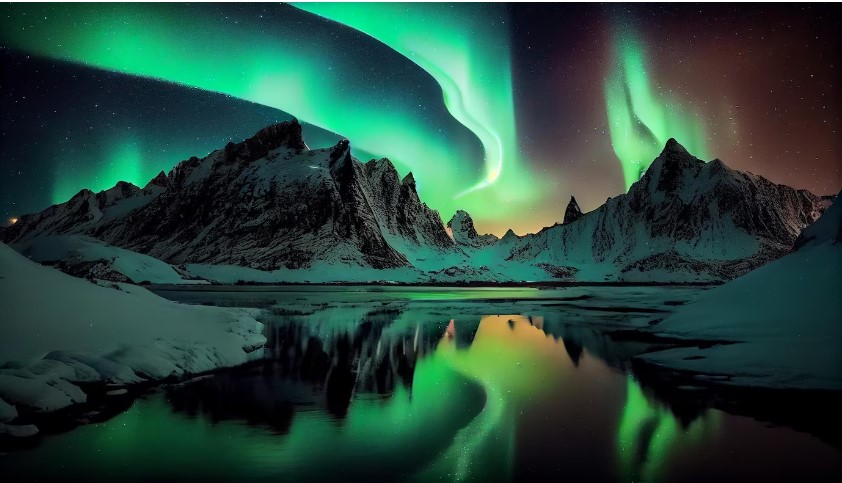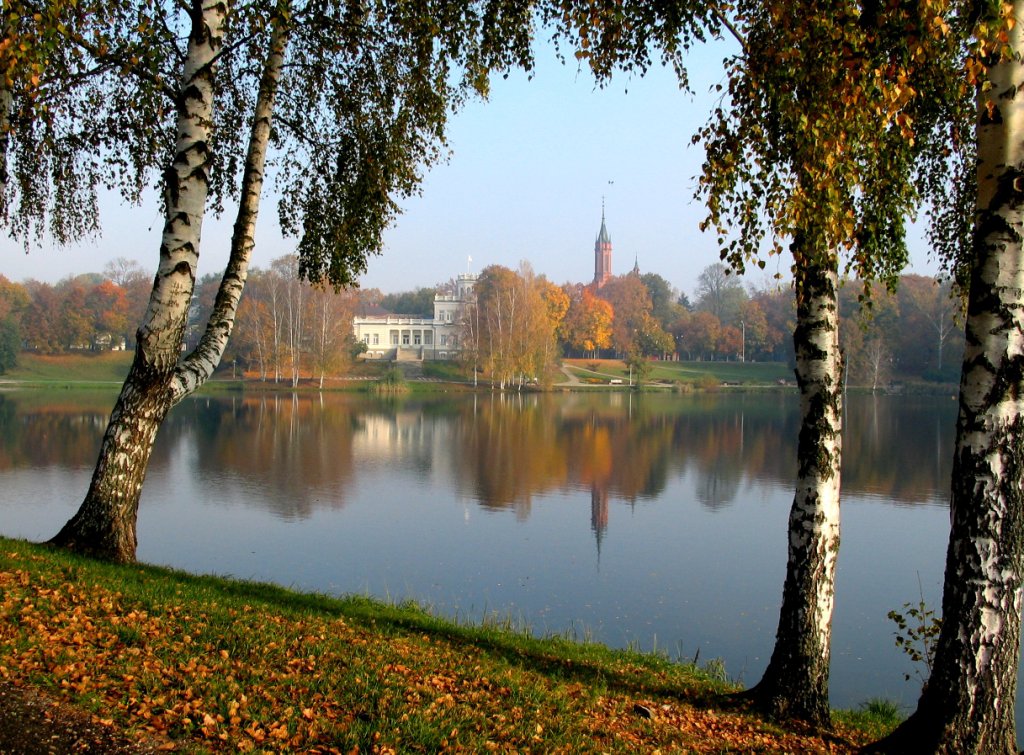
Introduction
Embark on a celestial journey with us as we unveil the world’s most awe-inspiring Aurora destinations. This comprehensive guide will take you through the enchanting dance of lights that graces the night sky, providing you with detailed insights to plan your next adventure. Get ready for an in-depth exploration of the Northern Lights, as we delve into the unique charm of each destination.
1. Tromsø, Norway: A Symphony of Colors in the Arctic Circle
Tromsø, nestled within the Arctic Circle, stands as a prime location to witness the Northern Lights. As darkness blankets the snowy landscapes, vibrant hues of green, pink, and purple paint the firmament. Timing is crucial, and our guide will lead you through the best months to visit and the ideal vantage points for an unforgettable celestial spectacle.
2. Yellowknife, Canada: Aurora Borealis Wonderland
Journey to the heart of the Canadian wilderness in Yellowknife, where the Aurora Borealis takes center stage. Uncover the unique geological and atmospheric conditions that make Yellowknife a haven for Northern Lights enthusiasts. Our detailed insights will ensure you make the most of your experience, guiding you from optimal viewing times to the best camera settings for capturing the cosmic display.
3. Abisko, Sweden: A Tapestry of Northern Lights
Abisko, Sweden, offers an unrivaled canvas for the Northern Lights to weave their tapestry across the night sky. Delve into the scientific aspects that make Abisko an exceptional location for aurora sightings. Maximize your visit with our expert tips on accommodation and guided tours, ensuring an enchanting encounter with the celestial light show.
4. Reykjavik, Iceland: Northern Lights and Natural Wonders
Iceland’s capital, Reykjavik, not only boasts a vibrant cultural scene but also serves as a gateway to the mystical Northern Lights. Explore the synergy between Iceland’s unique landscapes and the aurora, creating an otherworldly ambiance. Our guide unveils the best months to visit and the surrounding attractions that complement your Northern Lights expedition.
5. Fairbanks, Alaska: Aurora-Chasing in the Last Frontier
Embark on an Aurora-chasing adventure in Fairbanks, Alaska, the Last Frontier of the United States. Discover the science behind the captivating light displays and leverage our tips on planning the perfect Alaskan Aurora experience. From optimal viewing locations to winter activities, our guide ensures an immersive journey into the heart of this celestial phenomenon.
6. Ushuaia, Argentina: Southern Lights Extravaganza
Head to the southernmost city on Earth, Ushuaia, Argentina, for a mesmerizing display of the Southern Lights. Explore the unique characteristics of the Aurora Australis and the optimal conditions for witnessing this breathtaking spectacle. Our comprehensive guide equips you with all the information needed to plan an unforgettable Southern Lights expedition.
7. Finnish Lapland: Arctic Circle Magic
Immerse yourself in the magic of the Arctic Circle in Finnish Lapland, where the Northern Lights cast their enchanting glow. Uncover the cultural richness of this region and the mystical allure that draws aurora enthusiasts worldwide. Our guide provides valuable insights into the best months to visit and the local experiences that complement your Northern Lights adventure.
Conclusion: Plan Your Journey with Confidence
Embarking on an Aurora-hunting expedition becomes a seamless and enriching experience with our comprehensive guide to the top 7 destinations. From the Arctic wonders of Tromsø and Yellowknife to the Southern Lights extravaganza in Ushuaia, let nature’s celestial masterpiece captivate your senses. With detailed insights and practical tips, plan your journey with confidence, armed with the knowledge to make every moment beneath the dancing lights truly unforgettable.…

